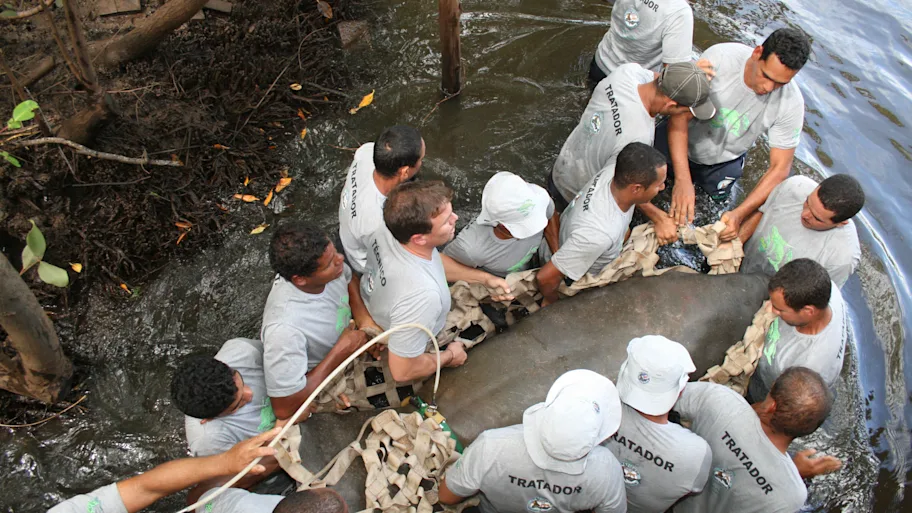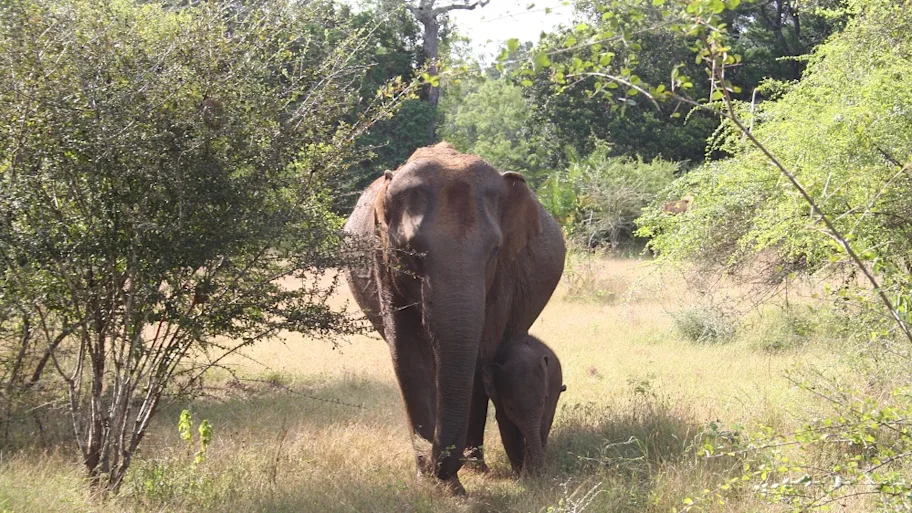
- Science News
- Environment
- European big cat population threatened with extinction as genetics show the population is near collapse
European big cat population threatened with extinction as genetics show the population is near collapse
by Angharad Brewer Gillham, Frontiers science writer

Image/Shutterstock.com
Eurasian lynxes dispersed across the Swiss border with France in the late 1970s, but the population remains small and fragile. Scientists took genetic samples from lynxes in France and determined that the population’s genetic health is so dangerously tenuous it could be extinct in a generation.
Scientists warn that if action isn’t taken soon, the Eurasian lynx will vanish from France. This elusive wild cat, which was reintroduced to Switzerland in the 1970s, moved across the French border by the end of the decade. But a genetic study published in Frontiers in Conservation Science showed that the lynx population in France is in desperate need of help to survive.
“Given the rapid loss of genetic diversity, we estimate that this population will go extinct in less than 30 years,” said Nathan Huvier of the Centre Athenas, corresponding author. “This population urgently needs new genetic material to become sustainable.”
The missing lynx
This population of lynxes, hidden deep within the Jura Mountains, is not well known. Observations by scientists estimate its size at a maximum of 150 adults and suggest that it is poorly connected to larger, healthier populations in Germany and Switzerland, and is not growing to a sustainable size. Scientists believe that a combination of poaching, car accidents, and inbreeding depression — where insufficient genetic diversity leads to problems with reproduction and survival — have suppressed its growth.
“As there is a lack of genetic monitoring of the lynx in France and we consider that crucial for species conservation, we took the lead and did this work,” said Huvier.
The team collected genetic samples between 2008-2020 with the goal of determining the genetic health of the population. Because of the precarity of the population, samples were taken when attending to lynxes that were already injured or dead or orphaned cubs, to avoid stressing healthy animals.
“For us, this method is more ethical as there is no capture and thus stress induced for DNA sampling only,” Huvier explained.
The team managed to secure a total of 88 samples, more than half the estimated population. Some samples were excluded to maximize the reliability of the results: those with a low amplification rate or genetic loci that couldn’t be genotyped, or that only appeared in one allelic form when data from other populations suggested there would normally be multiple different forms in a population. After this process was complete, they had 78 samples covering 23 genetic loci.
Download original article (pdf)
Emergency action needed
These genetic samples were compared to references derived from the parent population from the Carpathian Mountains. The scientists determined that although the size of the French population of lynxes is thought to be between 120-150 individuals, the effective population size — the estimated number of healthy breeding individuals needed to display this level of genetic diversity — is only about 38 individuals. The authors cautioned that this is likely to be an overestimate, so the number may be even lower. Even more alarmingly, the inbreeding coefficient — a measure of how likely it is that two mating individuals from the same population are closely related — is extremely high. There is a 41% chance that an individual’s two copies of an allele at any given locus in their genome were inherited from a common ancestor of both their parents. New genetic material is urgently needed, or the population will collapse.
The authors acknowledged that introducing more lynxes is politically difficult. They suggested that road signs raising awareness of the presence of lynxes, and stricter enforcement of the law where poaching is proven, would help protect the remaining population. Meanwhile, replacement of poached lynxes with animals from genetically healthier populations and the exchange of orphaned cubs between wildlife rescue centers would help rescue it from genetic collapse.
“We want this work to support action for lynx conservation,” said Huvier. “Reintroduction, replacement of poached lynxes, and exchange of orphan lynxes between care centers are the best short-term solution for this population to remain alive, and it will give it a chance to develop and connect with other populations in Europe.”
REPUBLISHING GUIDELINES: Open access and sharing research is part of Frontiers’ mission. Unless otherwise noted, you can republish articles posted in the Frontiers news site — as long as you include a link back to the original research. Selling the articles is not allowed.






